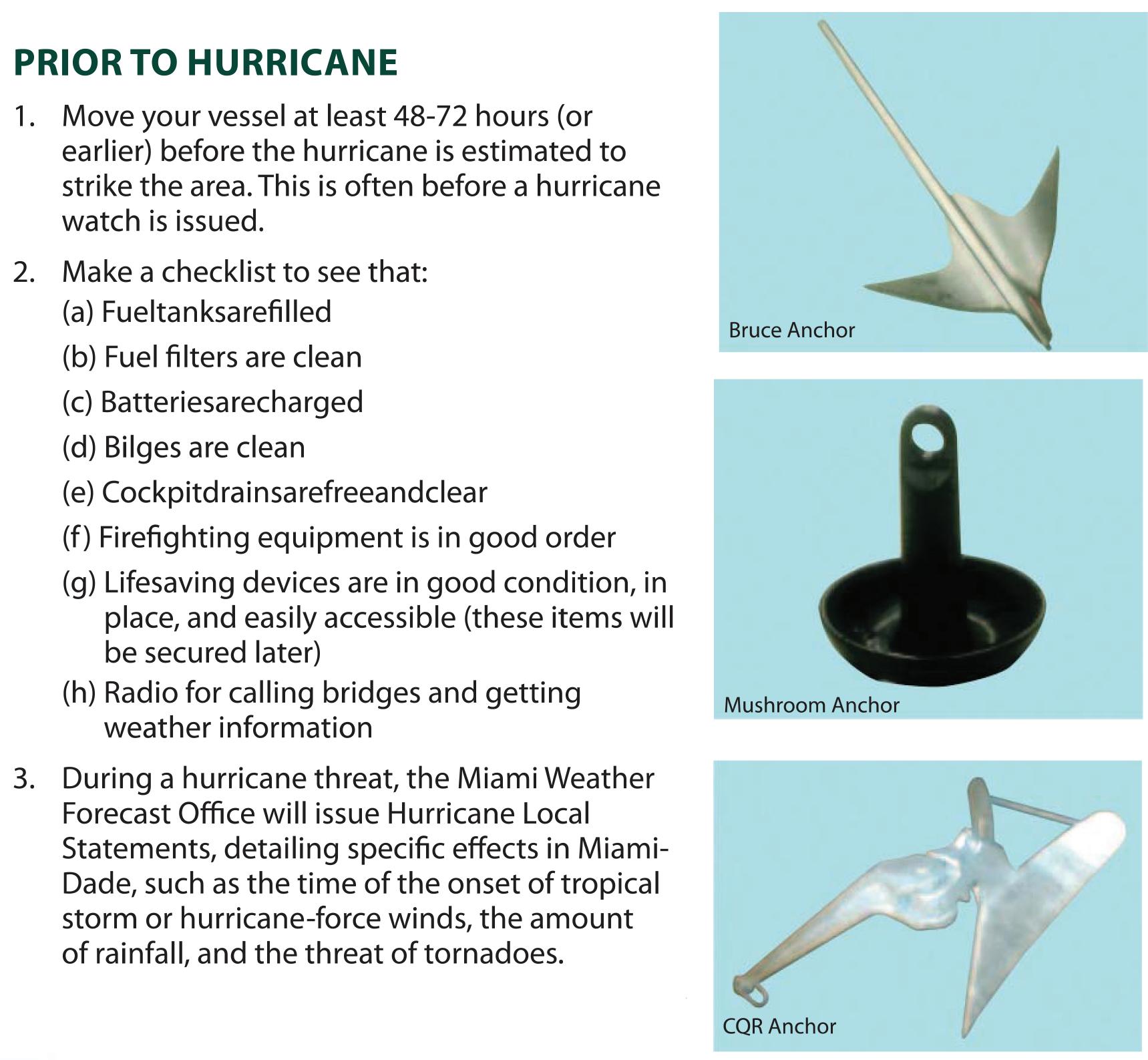A N N A P O L I S









We welcome in 2025 with a full slate fishing tournaments, regattas, sailboat races and spectacular holiday boating events!
If you haven’t already, we suggest you donate some time or resources to the Chesapeake Bay Foundation - ”Serving a National Treasure”. Maryland Clean Water Captains is a community of members and volunteers who regularly take action for The Bay and local waters. The Bay Needs You!
In 2025, the Annapolis, Maryland area will host several fishing tournaments, including the Maryland Rod & Reef Slam, the CCA Maryland Katfish for Kids, and other regional bass and blue catfish tournaments. These events offer opportunities for anglers of all levels. Feel free to contact any of the organizations below for tournament and entry details.
Maryland Rod & Reef Slam sponsored by the Chesapeake Bay Foundation
CCA Maryland Katfish for Kids focuses on blue catfish fishing and benefits the Combos For Kids organization.
Snakes On The Dundee: A free-to-enter tournament focused on catching blue catfish and northern snakeheads, .
Fish For A Cure: A fundraising fishing tournament with a Shore Party in Annapolis, benefiting cancer initiatives.
Reel Chesapeake Annapolis Saltwater Fishing Expo: A trade show for saltwater fishing enthusiasts.
For all ye sailors who love to race, the Annapolis Yacht Club will have its Wednesday Night Racing Series from April to August. The Annapolis to Newport Race 2025, from June 4 to June 11, is one of the most historic and well known sailboat races on the
East Coast. And don’t forget the AYC Junior Annual Regatta during the first week of July. AYC is a reciprocal club, for more info call (410) 263-9279.
The Eastport Yacht Club hosts a full schedule of regattas. The Fawcett Friday Night Beer Can Series runs from May 9 to August 29. The CRAB Cup is held August 16, and the Labor Day Regatta/Northern Bay PHRF Championship is August 30-31. And the Fall Brawl & J/105 Invitational will be held October 25-26. Call the EYC at (410) 267-9549 for more info.
Coming up this October at the Annapolis City Dock, aka “Ego Alley”, are the Annapolis Powerboat Show October 2-5, and the Annapolis Sailboat Show this October 9-12. And don’t forget the magical Eastport Yacht Club’s Lights Parade held the second Saturday in December every year going on its 43rd year!!!
So get your vessels ready for an awesome


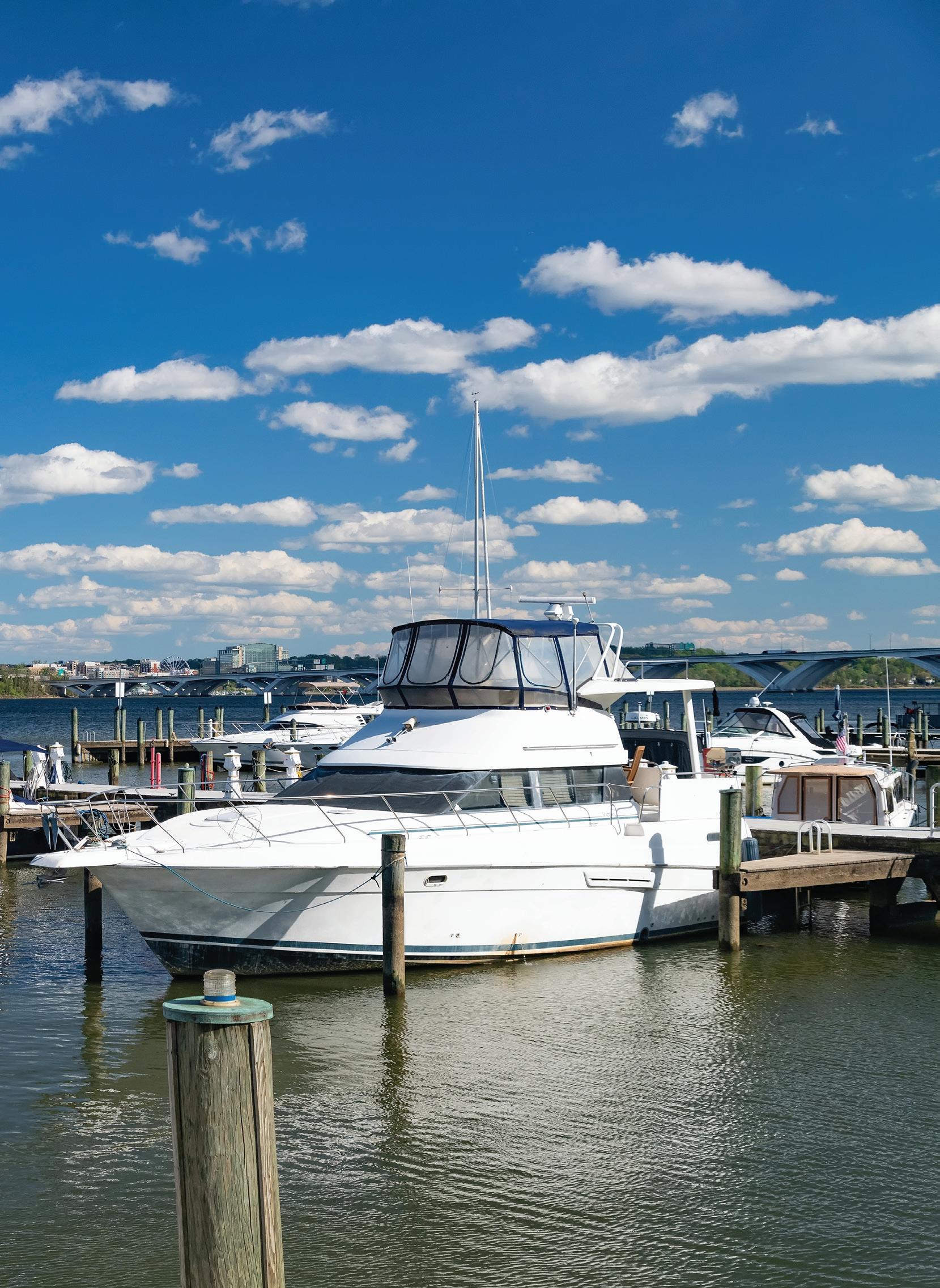

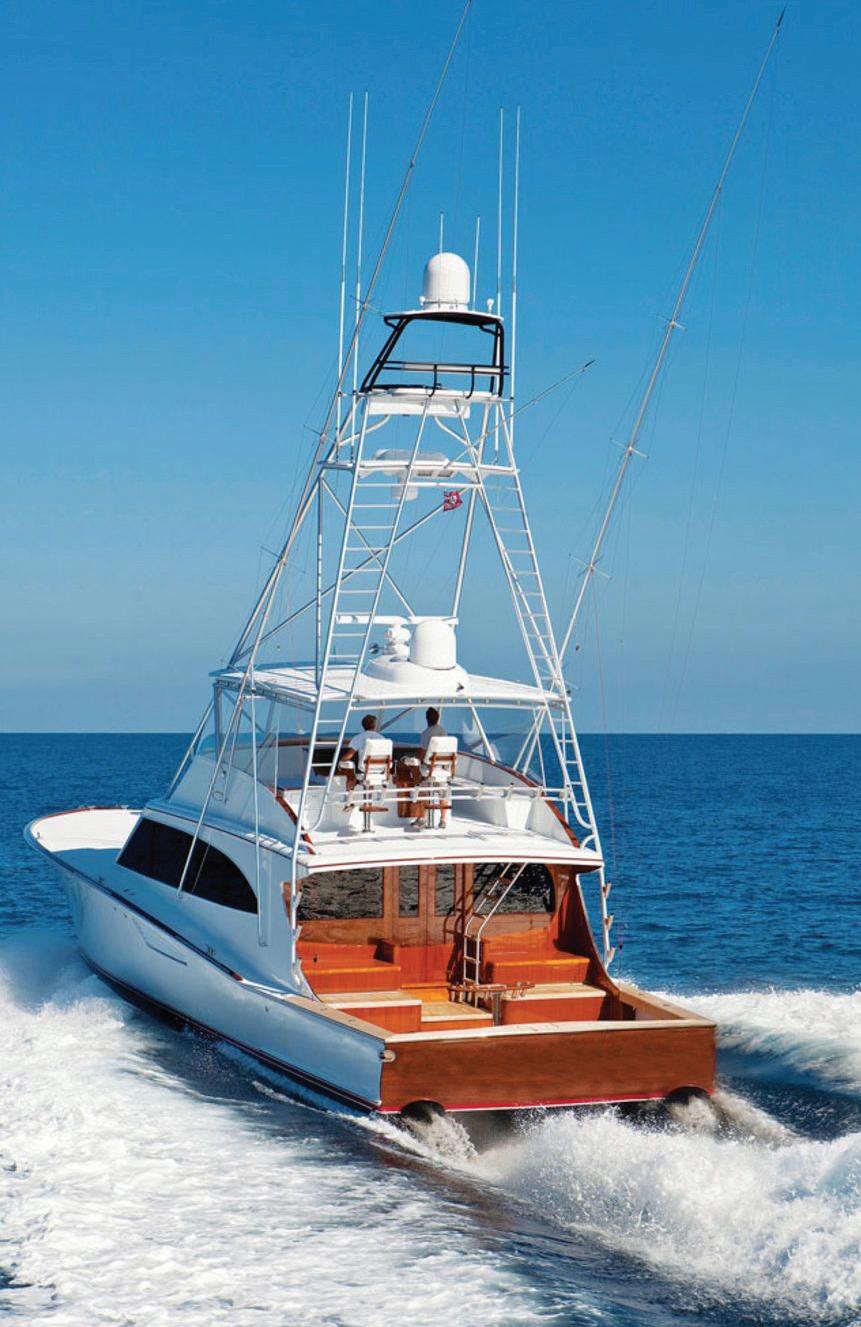

Chip Thayer Perpetual Trophy
Gaither Scott Trophy
Commodore Peter H. Magruder Memorial Trophy
City of Annapolis Trophy
James Allsopp Seafarer Trophy
Awarded to the non-foiling mono-hull yacht with the best elapsed time of all yachts starting on the first day of the Race.
Awarded to the boat or individual who in the opinion of the Race Committee has demonstrated the spirit of Corinthian Competition as promoted by Commodore Gaither Scott in his lifetime.
Awarded to the Monohull boat in the Annapolis-Newport with the best elapsed time of boats starting on Saturday.
Awarded to the yacht club with a team of three boats with the lowest combined score of corrected finish positions
Presented to individuals whose boats have the best combined performance in the current Annapolis-Newport Race and the previous year’s Newport-Bermuda Race.

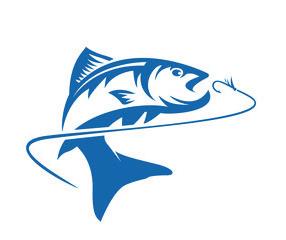
AYC Wednesday Night Race Series: After seeing the Wednesday Night Races (WNR) at East Greenwich Yacht Club in Rhode Island in 1958, Past Commodore Gaither Scott inaugurated midweek racing at the Annapolis Yacht Club in 1959. There was no Race Committee for the initial events, nor were the races scored or prizes awarded. There was, however, a picnic supper after sailing.
Today, more than 125 yachts compete in the midweek festivities in a variety of handicap and one design classes. Eligibility for entry is based on the Notice of Race (NOR) and includes members of AYC and sister clubs in the greater Annapolis area, as well as various CBYRA sanctioned classes. WNR, which runs from April through August, is made up of three series all scored separately with class trophies and overall performance awards presented in the fall. The first start is scheduled just after 6:00 pm near the mouth of Spa Creek. A large number of spectator boats follow the racers around government and drop marks in the Bay, then head back into Spa Creek to watch the finish in front of the Clubhouse at 2 Compromise Street. The finish draws a large spectator crowd both inside the Club and on the nearby Spa Creek drawbridge, as well as various points of land within Annapolis Harbor.
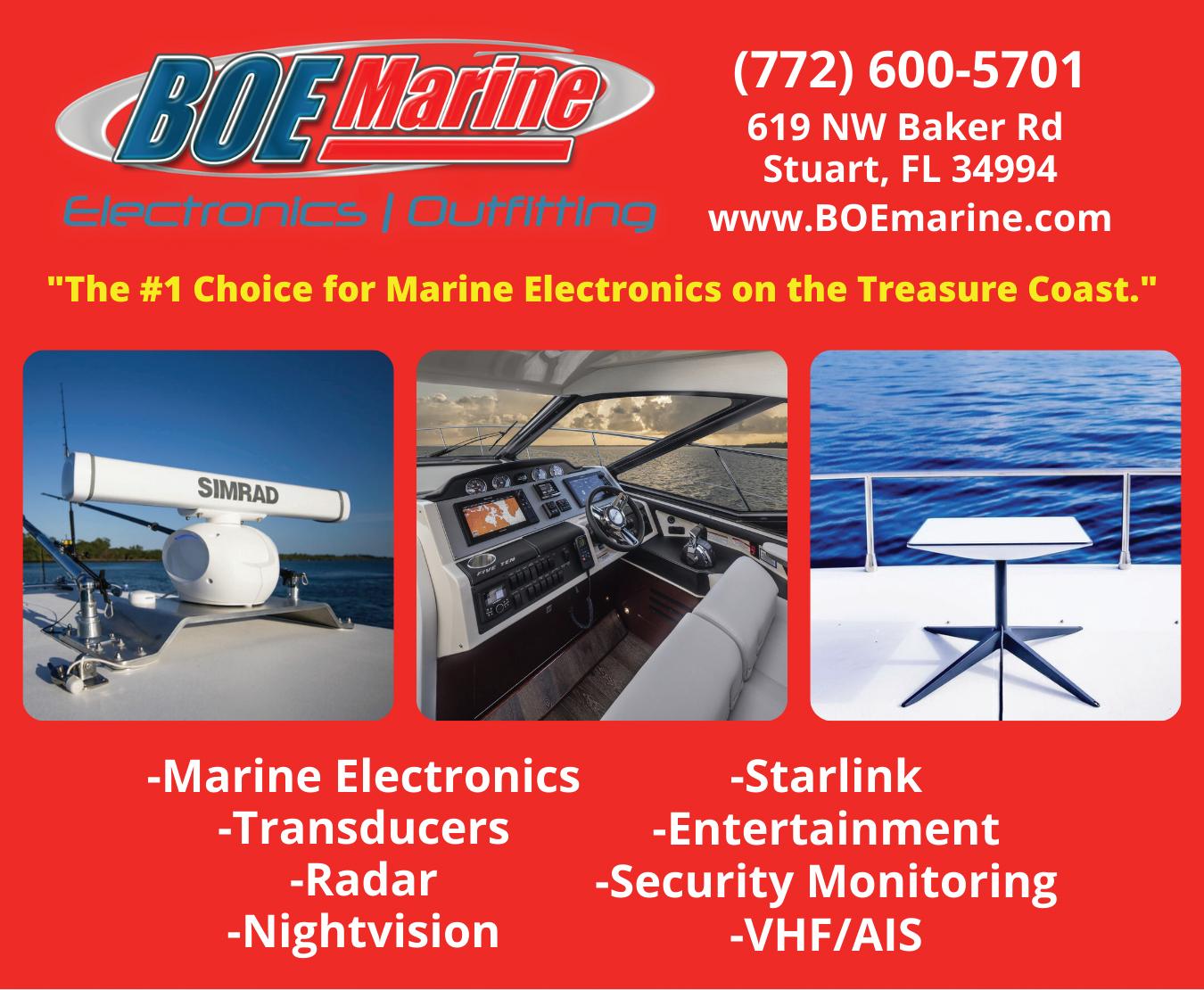





The best view of Annapolis, the US Naval Academy and the Chesapeake Bay!
With stunning views of the downtown Annapolis area and the US Naval Academy, Annapolis Maryland Capital Yacht Club, nestled in the heart of historic Eastport, is ready to elevate your experience on the Severn River and beyond!
AMENITIES INCLUDE:
• Water, shore power, and wi-fi accessibility at every slip
• Swimming pool
• Private clubhouse for slip holder events
• Walking distance to fabulous restaurants and shopping
• Concierge services
• Private showers
• On-call mechanic
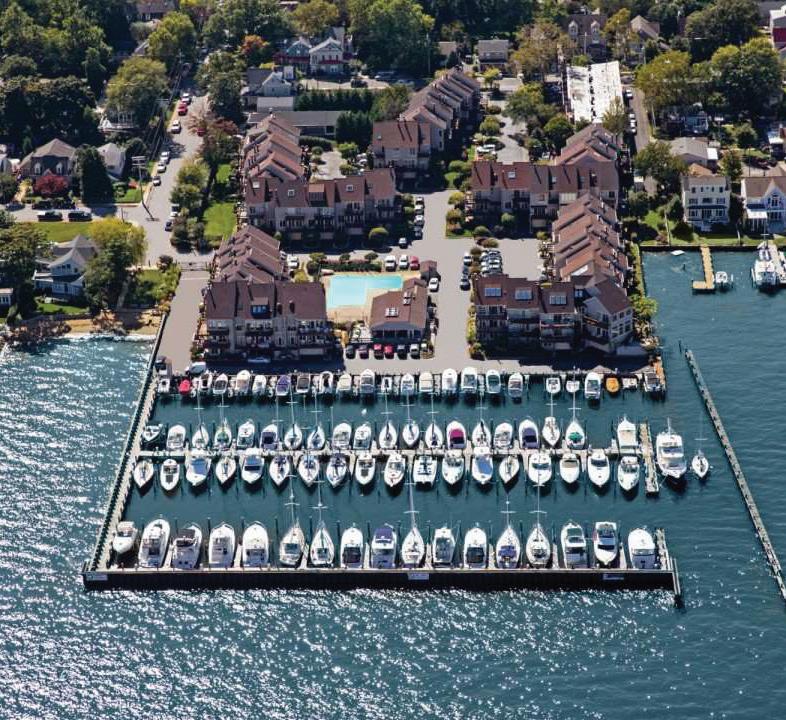

• 24/7 gated security, and so much more!






Fish For A Cure (F4AC) was started in 2007 by a group of friends and business associates looking for an opportunity to enjoy the beauty of the Chesapeake Bay, fulfill their passion for fishing, and have fun. After a successful first year, the wife of one of the main participants was diagnosed with cancer. A rigorous treatment schedule and the demands of daily family life nearly saw the end of the tournament. The group members took the reins and decided to turn it into a charitable event to raise money for the facility that was providing cancer treatments Memorial Sloan Kettering Cancer Center in New York.
After two successful years of raising money for Memorial Sloan Kettering, the group decided to make the tournament benefit a local organization right here in Anne Arundel County: Luminis Health Anne Arundel Medical Center’s Geaton and JoAnn DeCesaris Cancer Institute. This initial group of friends who came together in 2007 has evolved to become today’s F4AC Board of Directors, along with F4AC’s invaluable captains, anglers, sponsors, and community partners all of whom have a shared commitment of supporting cancer care in our community.





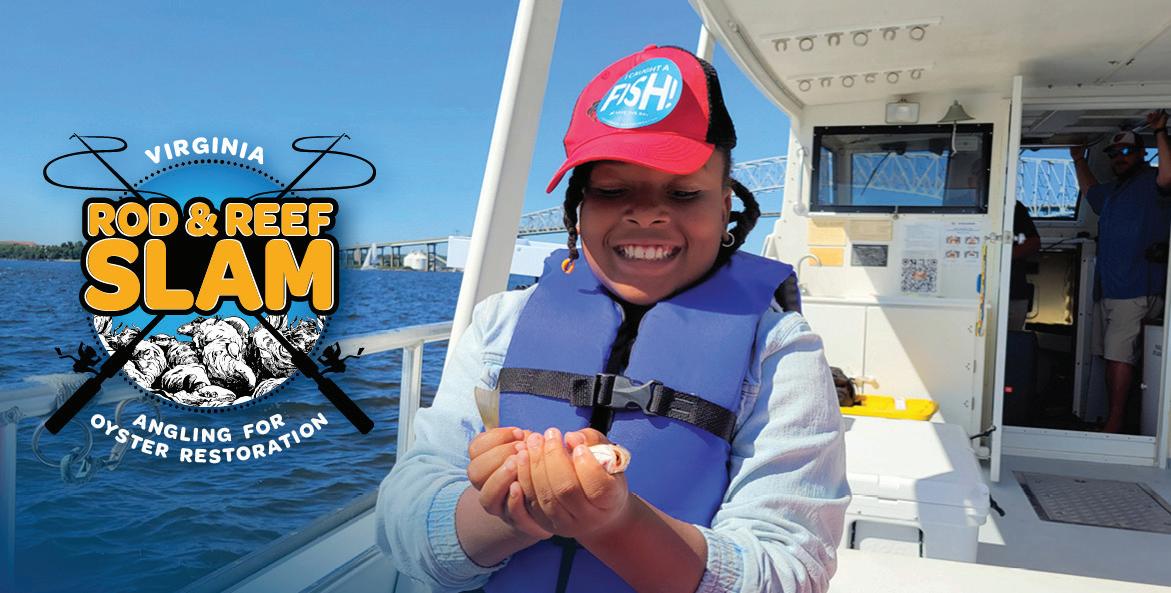

Saturday, September 13, 2025 • 9:00 a.m.-1:00 p.m.
Hampton University - 100 E Queen Street, Hampton, Virginia
Join CBF for a day of discovery and fun on the Hampton River! Celebrate oyster reef restoration and the habitat it provides for the Chesapeake Bay with a morning of fishing and education.
This educational fishing event is open to all levels, whether you have never fished before or have been fishing your entire life— or anywhere in between.
Why Do We Hold This Event? When an estuary loses almost all its keystone oyster reefs like the Chesapeake Bay has, the change causes fundamental damage to water quality and habitat for fish, crabs, and other creatures.
What has the Bay lost? We know from surveys performed in the late 1800s that hundreds of acres of naturally occurring oyster reefs were found in the Lower Bay. These reefs were home to abundant populations of popular reef fish like speckled trout, black sea bass, and red drum.
Due to the combined effects of decades of over harvesting, habitat destruction, poor water quality, and disease, the population of oysters and reefs in the Chesapeake Bay and its tributaries are an estimated one percent of historic levels.
However, in recent years, multiple partners have been restoring oyster reefs in local Virginia rivers. The return of these habitats means a return of healthy populations of popular reef fish—and that means more fish to angle for!
Virginia Rod & Reef's goal is to show the community—especially kids and teens—how fun fishing can be, how oyster reefs contribute to great angling, and to inspire lifetime anglers who love their local waterways.



ANNAPOLIS SAILBOAT SHOW
OCTOBER 9-12, 2025
CITY DOCK, ANNAPOLIS, MD
Sailors from around the globe gather in beautiful downtown Annapolis every October for the Annapolis Sailboat Show.
This annual celebration of sailing features floating docks lined with sailboats from manufacturers around the world. Multihulls, monohulls, cruisers, racers, sailing dinghies and more. Show tents line the shore, stocked with the latest in nautical gear and accessories, electronics, communication equipment, sails, rigging, education, charter companies, clubs and more.
The Annapolis Sailboat Show is located at City Dock in Annapolis, MD.
The Box Office is located on Dock St. (2nd stop on the shuttle bus) GPS: 1 Dock Street, Annapolis, MD 21401.
SAFE HARBOR NARROWS POINT
APRIL 17-19 ANNAPOLIS POWERBOAT SHOW
OCTOBER 2-5
SAILBOAT SHOW APRIL 24-26
OCTOBER 9-12

George vonHilsheimer, MD | Board Certified Dermatologist
Pruett Dermatology
The warm, sunny weather and multitude of aquatic activities are major attractions for living in the Keys. Most people who live here enjoy outdoor activities and sunshine. As wonderful as the weather is in the Keys, it can also be dangerous for our skin. Ultraviolet radiation from the sun is the main cause of skin cancer, which is the most common form of cancer in humans. The odds are that one in five Americans will develop skin cancer in their lifetime. The odds for fair skinned, fair-eyed people who live in sunny parts of the country are even higher.
So what can you do? We all want to enjoy the wonderful weather in the beautiful Keys, but none of us wants skin cancer. Like anything else, a little common sense in planning your outdoor activities will go a long way. Sunshine is actually essential to our health and very existence. But like food or alcohol, it’s best taken in moderation.
Many people wonder what a “healthy” amount of sun exposure is. Fair-skinned individuals only need a small amount of sun exposure (15-20 minutes per day) to produce adequate amounts of Vitamin D. Dark skinned individuals may require more. Of course, most of us living in the Keys will be exposed to sunshine far longer than that each day. That means that we should take precautions. Remember that sunshine is a form of radiation. Like other forms of radiation, excessive amounts are dangerous and cause inflammation and damage to the DNA in our cells. A sunburn is actually a form of radiation damage to your skin— so is a tan. When your skin cells are
damaged by solar radiation, they produce more pigment to protect themselves, leading to tan skin.
Physical barriers are the best protection from the sun. That is, roofs, canopies, hats and clothing. People very rarely burn under clothing. And these days, there are many lines of UV protective clothing that are light and breathable. A long sleeve shirt will protect your upper body much better than any sunscreen, and it never needs to be reapplied. Likewise, a hat with a visor provides good protection for scalp and face—the most common areas where skin cancers develop. Sunscreens are also a valuable tool for sun protection. They should be applied to exposed skin every two hours. I recommend a sunscreen rated for at least SPF 30. There have been many controversies of late concerning sunscreens containing oxybenzones and their effects on reefs and even on humans. If these concern you, there are plenty of sunscreens available that do not contain oxybenzones.
Take the sun seriously. Try to plan your outdoor activities in a way that limits your sun exposure, and avoid doing them during the peak sunlight hours near high noon. Protect yourself and your children with physical barriers and sunscreen. Sunburns are a sign of damage to your skin just like a bruise or a cut. In the long term, they will lead to skin cancer. Get regular skin checks from a dermatologist. Skin cancer—like most forms of cancer— is much more easily treated when caught early.
We can all enjoy the beautiful weather without risking our health by using some common sense and protecting ourselves.


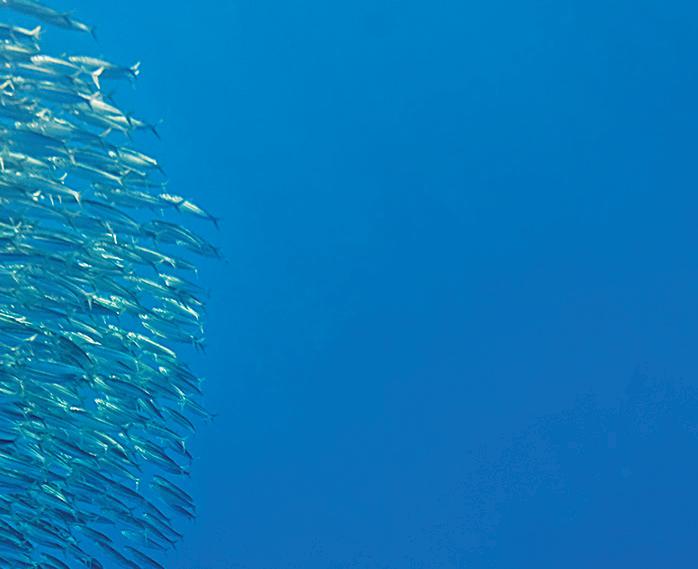
Foundation works worldwide to advance the conservation of billfish and associated species to improve the health of oceans and economies. Considering the context of a planet with over seven billion human inhabitants, conservation strategies must be forward-looking and adaptive. By accounting for the roles of billfish within the marine environment as well as in relation to their interactions with humanity, TBF’s conservation campaigns maintain the flexibility to adapt to emergent threats as well as those which have historically confronted resource managers. TBF employs a multi-tiered, proactive suite of initiatives involving research—both biological and socioeconomic–education, and advocacy projects. As billfish and other highly migratory species are not confined to the territorial waters of any one nation, these strategies must also take into account the differences in culture and law inherent to the international arena. Empowered by an internationally diverse constituent network, The Billfish Foundation is uniquely equipped to do just this.
Established in 1990, The Billfish Foundation’s Tag and Release Program is the largest private billfish tagging database in the world and the cornerstone of TBF’s conservation and advocacy efforts. With more than 220,000 tag and release reports, TBF receives over 15,000 tag and release records annually from across the globe and provides vital information for billfish conservation.
The success of TBF’s Tag and Release program is contributed to the dedicated anglers and captains around the globe that voluntarily tag, release, and report their billfish catches. The deployment of traditional tags and the data gathered from recaptured billfish provides valuable scientific data to further understand growth rates, migratory patterns, habitat utilization, and post-release survival rates. Tag and release data also provides valuable information for stock assessments that are instrumental in a time when industrial longlines represent the largest source of marlin mortality. This valuable data, much of it impossible to measure without the use of traditional tagging, provides the groundwork for conservation minded policy, scientific advancement, and gives insight into the demographics and socio-economic benefits generated from billfishing.
As tagging provides The Billfish Foundation with substance for its conservation efforts, TBF recognizes those anglers and captains that tag and release the most billfish each year at an awards ceremony at the Miami International Boat Show. The annual International Tag & Release Competition recognizes members who tag and release the most billfish by species in each
of the world’s oceans. TBF award winners are the ‘who’s who of the billfishing world’ and are those that do not just catch and release a great number of fish, but embody and share a common conservation ethic. As captains and anglers on the water represent the first line in billfish conservation, recognition of their efforts provides a means to illustrate the direct link between catch and release fishing and marine conservation. To recognize the efforts of all of its members, TBF also provides release certificates for those that report billfish tags and releases.
AFTER THE FISH IS LEADERED: Bring the billfish alongside the boat.
Idle the boat forward and maintain this position to allow the billfish to calm down and allow for easier tagging. Never attempt to tag a jumping or thrashing fish. This can be not only dangerous for the health of the billfish but for you too!

NEVER remove the fish from the water. This can result in fatal damage to the fish for two reasons. Excess rubbing and drying can result in the loss of the protective slime coat found on the surface of the fish. Without this protective covering, the fish becomes susceptible to bacterial infections and parasites. Additionally, the skeleton of a billfish is designed for the buoyant conditions of the ocean. Removing the fish from the water, even onto the gunnel, causes the skeleton to come under the full strain of gravity, which can damage the skeleton and internal organs.
It is vitally important that the tag be placed in the proper area: in the dorsal muscle well behind the head and gill plates, above the lateral line and away from all vital organs (see Figure 1). It is not necessary to use a great deal of force to insert the tag. A firm, well-aimed stroke is best. Place the applicator against the fish’s flank and push, inserting the tag until the stopper assembly is pressed against the fish. Improper tag placement or tagging too hard can result in serious injury or death to the fish. Speed tagging often results in injury.

Modifying the types of hooks you use can significantly affect a fish’s chances for survival after it is released. When fishing with natural bait (dead or alive), IGFA strongly encourages the use of non-offset circle hooks. Extensive research on species from salmon to sailfish has demonstrated that circle hooks gut hook significantly fewer fish without sacrificing catch rates. Lures that have treble hooks should have the barbs bent down or removed to facilitate easier hook removal.
Interested in the science behind circle hooks? Read Circle hooks, 'J' hooks and drop-back time: a hook performance study of the south Florida recreational livebait fishery for sailfish, Istiophorus platypterus published in Fisheries Management and Ecology in 2007.
If you’re not going to photograph your fish or document it for record purposes, the best method is to not remove the fish from the water. In-water releases can be aided by the use of de-hooking devices that eliminate the need to boat the fish and keep hands safe distances away from the fish. If the fish has swallowed the hook, it is much better for the angler to cut the leader as close to the fish as possible, rather than trying to forcibly remove the hook.
If a fish needs to be removed from the water to remove the hook and/or document it for record purposes, anglers should use either their hands or knotless, rubberized landing net. Most small to moderately large sized fish can be landed by hand. Ideally, this should be done with wet hands or soft, wet gloves to minimize slime and scale loss. Lip gripping devices may be used to help subdue fish. However, they should not be used to hoist fish vertically out of the water, as this can cause damage to jaw muscle and bone as well as to internal organs. The best method for removing fish from the water is to grip the fish or the lower jaw and support the fish’s underside. Again, the point is always to hold fish horizontally and not vertically.

Leader lengths must conform to current IGFA tackle requirements. For saltwater species caught on conventional tackle, in line up to and including 10 kilograms (20 pound), the leader may not exceed 4.57 meters (15 feet). In lines over 10 kilograms (20 pounds), the leader may not be in excess of 9.14 meters (30 feet). For freshwater species caught on conventional tackle, the leader may not exceed 1.82 meters (6 feet). All leader measurements are inclusive of the lure or hook arrangement and are measured to the bend of the last hook. IGFA tackle requirements for fly fishing do not stipulate a maximum overall length for fly leaders. However since IGFA rules do not allow class tippets heavier than 10 kilograms (20 pounds), IGFA has adopted the convention of allowing maximum fly leader lengths of 4.57 (15 feet) in keeping with the regulations for conventional tackle. Fly leader length will be measured to the eye of the first hook. Shock tippets may not measure more than 30.48 centimeters (12 inches) in length and class tippets must be a minimum of 38.10 centimeters (15 inches) in length.

The IGFA also recommends the following best practices for safe and ethical release of fish:
• Circle hooks are encouraged when fishing with live or dead natural bait.
• The hook should be removed if possible so that it will not cause additional harm to angler or fish.
• If the hook cannot be removed, the leader should be cut as close to the hook as possible.
• Refrain from breaking or “popping” leaders as this can cause additional harm to fish, especially those not hooked in the jaw.
• Ample time should be taken to revive exhausted fish by gently moving them forward in the water to get water flowing over the gills.
• Knotless, rubber coated nets should be used on fish that are netted.

